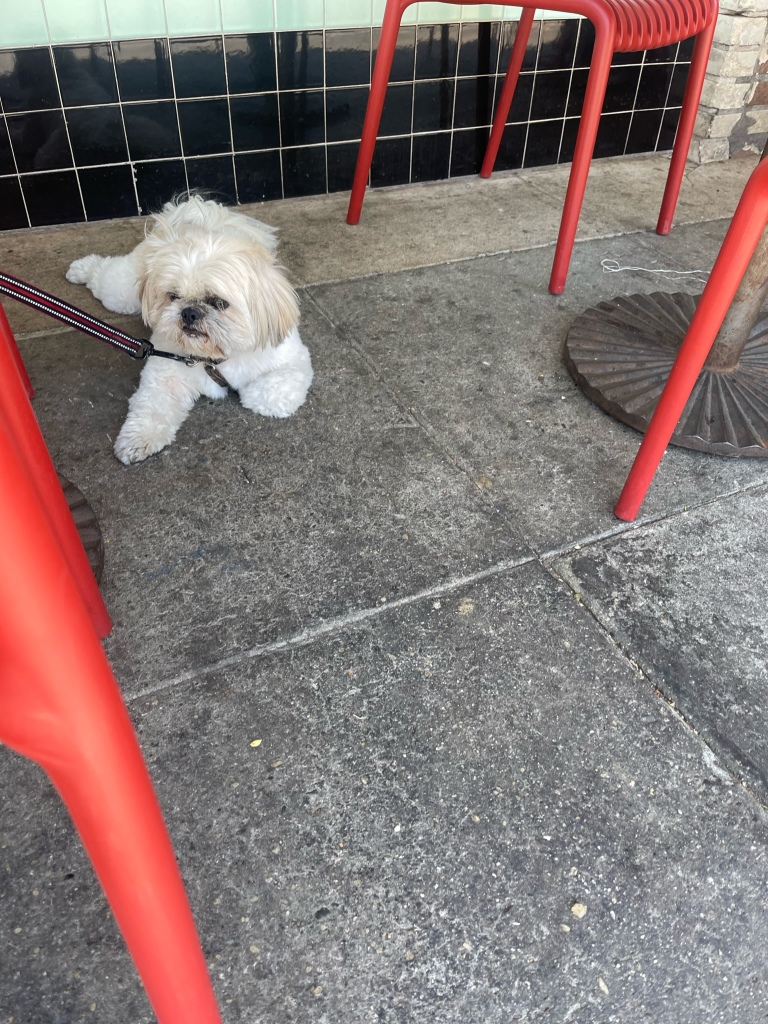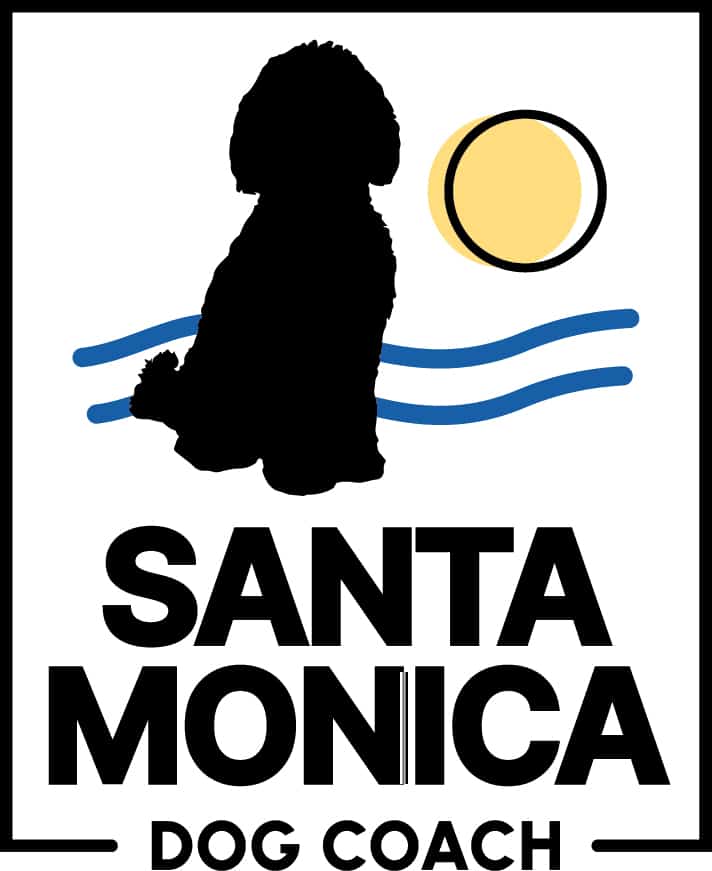The first step in desensitizing a reactive dog to the presence of a trigger is determining how far that dog must be from a trigger to remain non-reactive with that trigger in sight. I call this the “safe zone.” All reactive dogs have them.Shrinking Safe Zone
If a dog is reactive to multiple triggers, the safe zone must be established for each trigger individually. The more reactive a dog is to a trigger, the more distance they need to not react.
The size of a dog’s safe zone from triggers is the knowledge you need to begin the desensitization process.
I recommend pictures, video, and/or audio notes during each session, so you can refer back to the exact conditions. Having a record is KEY to understanding why things are or aren’t improving.
A harness and traditional 6-foot leash are the best tools for this. I specifically do not recommend a retractable leash or a chain or other slip collar for desensitization exercises.
You’ll need a supply of one or more of high-value treats that you can quickly access on the spot. I only use freeze-dried or cooked meat rewards for behavior modification. Ideally, I try to use a protein I know the dog enjoys and doesn’t have access to all the time. This is referred to as a novel protein.

A dog’s interest in rewards can dramatically impact your results. Based on 30 years of dog training, I’m better off investing in quality treats that maximize my results than saving a couple of dollars using the daily kibble or processed food rewards. My time and a dog’s enthusiasm for desensitization exercises far outweigh the difference in cost to me.
Besides, I earn a lot of dog “cred” for always having amazing rewards on me. Dogs remember me forever. 🐾
Location is critical for desensitization success. Low foot traffic areas are best in the beginning. It should ideally be a location where your dog has room to sniff, walk around, or retreat when they want.
Twenty feet or more from potential triggers is a good distance to begin measuring from. If your dog reacts, increase the distance next time. If your dog doesn’t react, practice three more times at that distance (different occasions) before you move closer.

A location where there’s no danger of a trigger approaching unexpectedly is vital in the beginning.
Reactive dogs must be able to see triggers for desensitization exercises to have an effect, but you don’t want a reaction if you can avoid it.
Triggers are cumulative. When dogs experience more than 1 trigger in a short period, the 2nd trigger is likely to happen faster, be more intense, and/or last longer. The more reactivity in a day, the more sensitive reactive dogs become. We refer to this as “trigger stacking.”
If your dog goes over threshold (has a meltdown) for any reason, I recommend ending that day’s practice. Let them rest at least overnight before practicing again.
Desensitization requires the right circumstances and a relatively calm dog and human team to be effective. Consider that when planning a desensitization session with your pup.
If you want to help your dog change their opinion about current triggers, I can help. I work remotely with clients everywhere, via FaceTime and Zoom.
©️Dee Green, 2023
Dee Green has been a professional dog trainer and canine behavior consultant for more than 20 years. She specializes in puppies up to 18 months, and fearful, anxious and reactive dogs of all ages.
